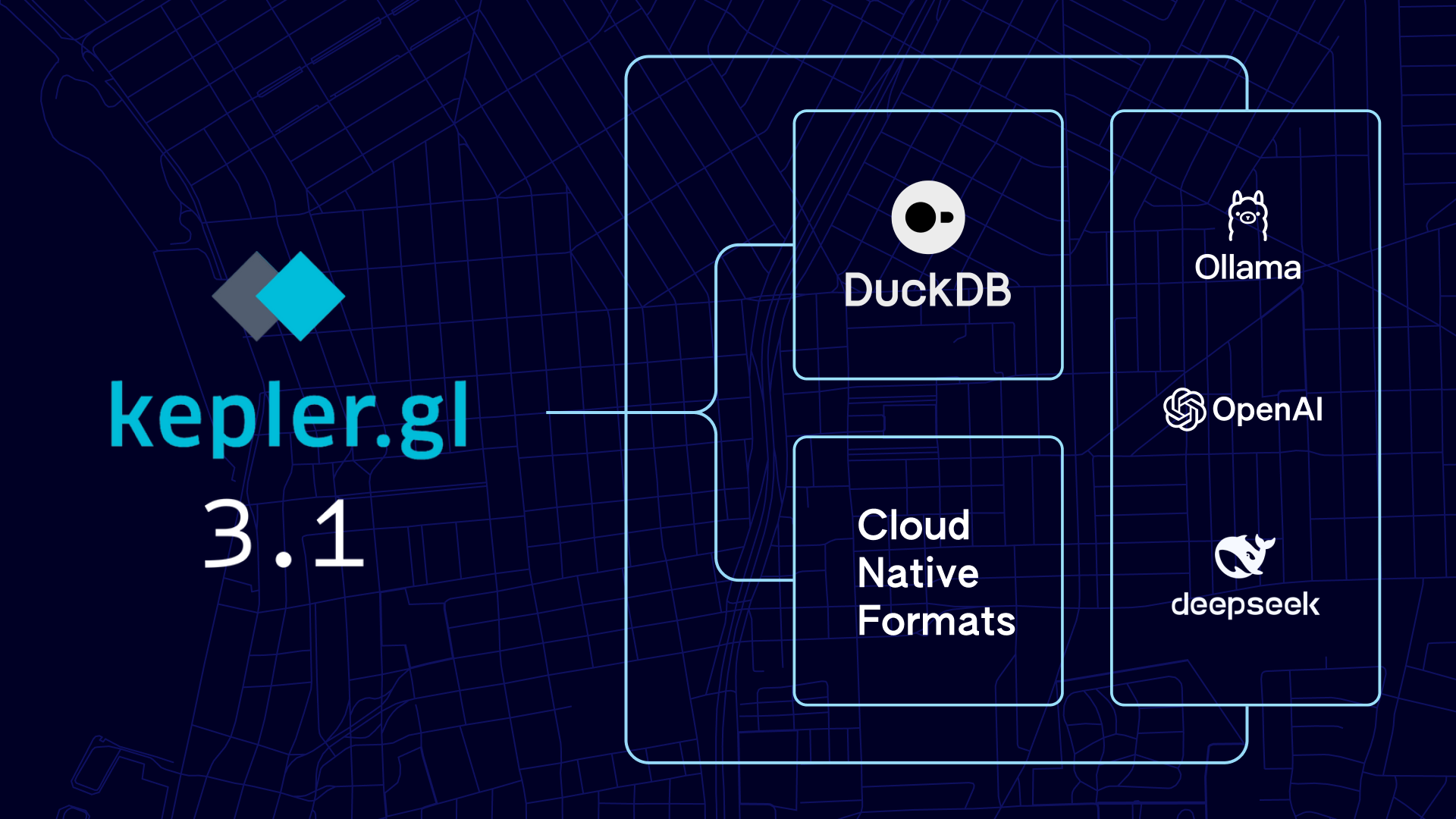We are proud to announce Foursquare Attribution has won The 2022 Digiday Technology Award for Best Attribution Tool! Foursquare started as a consumer app in 2009 and has since evolved into a leading independent location technology platform. With 13+ years of experience, Foursquare provides marketers with a holistic view of their advertising campaigns across all channels and offers insights that inform campaign optimization tactics.
In an interview with Dan Hebert, lead of the data science team for Attribution, we talked about what makes Foursquare unique, the importance of omnichannel measurement, how new solutions have emerged to meet changes in consumer behaviors, and what the future of Attribution holds. Let’s dive in!
What sets Foursquare Attribution methodology apart?
Customers prefer and trust our methodology over competitors’ mainly because we measure behavioral lift, accounting for exposed users’ historical visitation to a given brand. This differentiates us from competitors who provide metrics on net visitation to a physical store or an online website/app without controlling for pre-existing customer behavior and loyalty; essentially, without accounting for that past behavior, these metrics are not accurately isolating the incremental value created by the media plan. Foursquare Attribution empowers marketers to understand how their media alone is driving net new actions, which is a more compelling metric for agencies and brands alike.
Another major differentiator is that a portion of our panel is first-party (users opting into always-on background location sharing), contributing to a rich subset of data that we leverage for Attribution. We use the behavior of that first-party panel to inform quality filtering of the broader third-party panel, allowing us to offer richer, higher-quality data for measurement use cases. Foursquare also uses human verification to train our models and more accurately understand where someone visited in the real world.
How does Foursquare Attribution source multiple exposures across different channels?
Sourcing impressions for different channels is an interesting topic, in the sense that they aren’t all observed and logged in the same way. Out-of-home is probably the most unique because we are using our understanding of where mobile ad IDs are moving in the real world between venue visits. If a phone is walked or driven past a billboard, and we see a ping from that device in a given radius of that billboard, we label that behavior an exposure. We then build that exposure file in-house and perform measurement over it. This is different from other traditional forms of media, like digital, where the process of logging MAID and timestamp exposures is more straightforward.
Foursquare allows advertisers to easily compare insights in our Attribution dashboard to understand which channel, as well as which partner, has the most impact on foot traffic and online conversions.
How is Foursquare able to provide a holistic view of marketing campaigns?
Today’s marketers understand that the consumer journey is more complex than ever. As multiple touchpoints and more complicated exposure journies become commonplace, accurate measurement is critical for success. Foursquare continues to develop cutting-edge solutions to meet the needs of the digital media industry. Our most recent feature launch, Closed Loop Attribution, enables a holistic view of the customer journey by providing campaign measurement for both online and offline conversion metrics. This feature also eliminates blind spots in conversion tracking, making it possible to measure all campaign KPIs in a single place – a need that is increasingly critical as consumer purchase behaviors evolve.
Another exciting feature that we are bringing to our Attribution customers in 2023 is location data and purchase data working together. By combining Foursquare store visit lift along with sales and basket-size data tied to specific locations, our technology will unlock new insights on incremental sales for clients.
Where is the future of Attribution headed?
With the ad tech space constantly shifting, privacy law and a promised cookieless future are leading to widespread proactive initiatives in the industry. Overall, these trends are leading to a world where advertisers/partners and measurement providers won’t have to exchange PII (personally identifiable information) directly. A technological solution known as “clean rooms” will allow advertisers, publishers, and platforms to securely derive aggregate campaign performance metrics without direct transfer of granular data points.
The development of clean rooms is a critical component of Foursquare’s current strategy. We’ve been working closely with these providers to inform feature requirements and test parity with existing Attribution reporting. In fact, we’ve developed a patent-pending approach to build counterfactual inputs for use in clean rooms – this will give clients access to the same behavioral lift reporting found in our existing product. With our commitment to a privacy-first approach, Foursquare will continue to provide our customers with the most sophisticated Attribution solution in the market.



